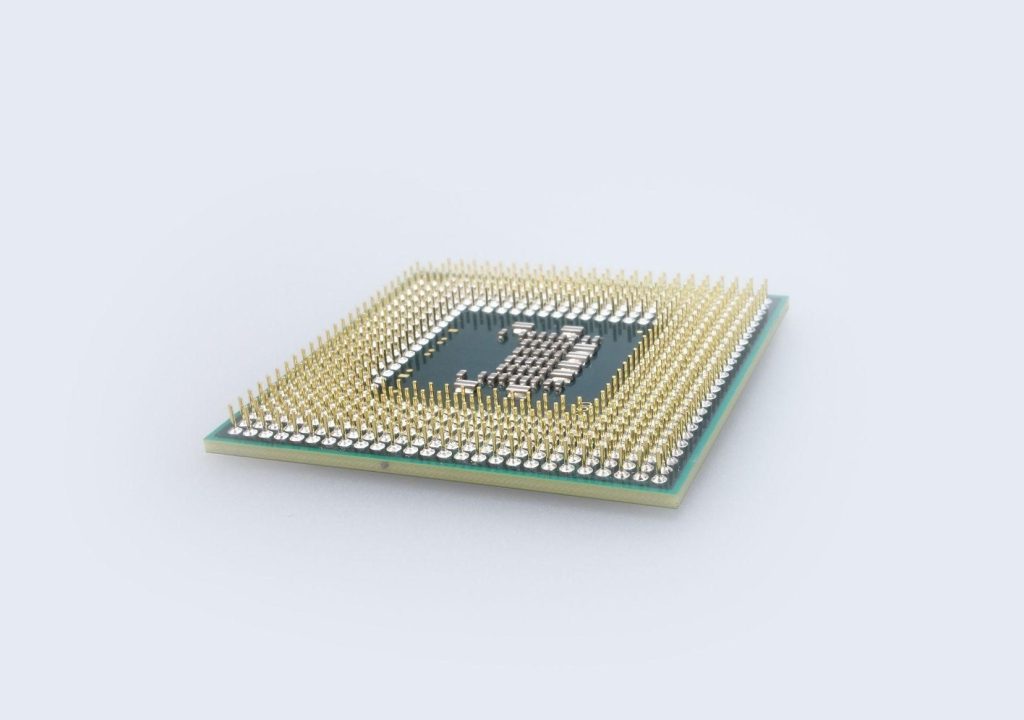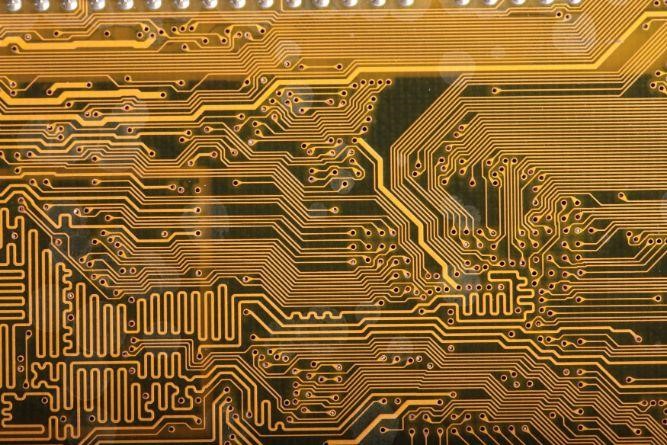Are M Processors the Real Future for Desktop and Laptop Computers?
Apple’s M processors first launched in 2020. They have since taken the world by storm. But what are these little chips that make our lives a whole lot easier? Apple’s M1 is a series of ARM-based systems on a chip, which is used in a CPU for Apple desktops, notebooks, and iPads. Since its inception, its key function has been to improve laptop performance, as well as that of desktop devices. And man, has it done that and more. Let’s unpack the M processors and find out whether they are the future for desktop and laptop computers.
What are M processors?
Let’s look at what you need to know about the first iteration, the M1 chip. The new development was solely intended for the company to move away from Intel chips. It was specifically designed for Apple’s desktop range and is fully perfected for Mac systems. While this chip might be tiny, it comes with a mean and powerful punch. So, how does it work?
It combines a range of technology while making use of specific memory architecture to improve efficiency. It’s also the first of its kind to use the 5-nanometer process technology. The 5-nanometer lithography process is a technology node semiconductor. What this does is manufacture the process following the 7nm process node. Right, back to the M1 chip.
At the time, the M1 was truly revolutionary and made many firsts for technology, this was only two years ago. It featured the fastest CPU core, the best CPU performance per watt, the fastest integrated graphics in a computer, and delivered a world-first in machine learning with its Apple Neural Engine. All these lead to the M1 chip performing nearly four times faster than most CPUs and up to six times faster than most GPUs. Truly groundbreaking. But that’s not all. Nearly all of Apple’s products at one time or the other had severe battery issues. The M1 chip solved this issue in a heartbeat. The battery life on a Mac also increased two-fold as compared to its predecessors.

M2 processor
It comes as no surprise that Apple would eventually improve on its already fantastic M1 chip. With its release in June 2022, everyone was excited to hear about its breakthrough performance and capabilities. So, what is this new chip, and how does it work? Firstly, let’s understand what the M2 needs to run:
- CPU
- GPU
- RAM
- Neutral Engine
- Secure Enclave
- SSD controller
- Signal processor
- Encode and decode engines
- Thunderbolt controller with USB 4 support
The above all work together to power a computer system. With the M2 acting as the brain of the setup, it is arguably the most important part of the computer system. The M2 includes an 8-core CPU. But that was simply not enough for Apple since it supports up to 10 GPU cores. Impressive. This is an improvement on the M1 chip, with the M1 only going up to 8 GPUs. With high performance in mind, there are four high-performance cores and four high-efficiency cores. Now, these cores all work together to give you the speed and performance you need to complete a range of different tasks, which has been well-received by consumers.
 Is the M processor the future?
Is the M processor the future?
Essentially, yes, it is. The main reason is that people are after desktop computers and laptops that run efficiently and are high-performance. Look at it this way. You can use a Mac whether you are a banker, an artist, a writer, or a chef. Each person will experience the Mac differently yet similarly. This is because Apple has taken several years to perfect the M processors. Learning from the Intel chips, the company knew they had a mammoth task on their hands.
For years, Apple devices largely stayed the same in terms of technology. Consumers were constantly complaining about simple things such as battery life, especially on iPhones. But this is now a thing of the past thanks to a tiny piece of technology. Even MacBook Airs last up to 18 hours. While MacBook Pros last for about 20 hours. That’s incredible! This is truly the best chip Apple has ever produced, and if we go on battery life and performance alone, we can certainly say M processors are the future for all devices, not only laptops and desktop computers.


 Is the M processor the future?
Is the M processor the future?